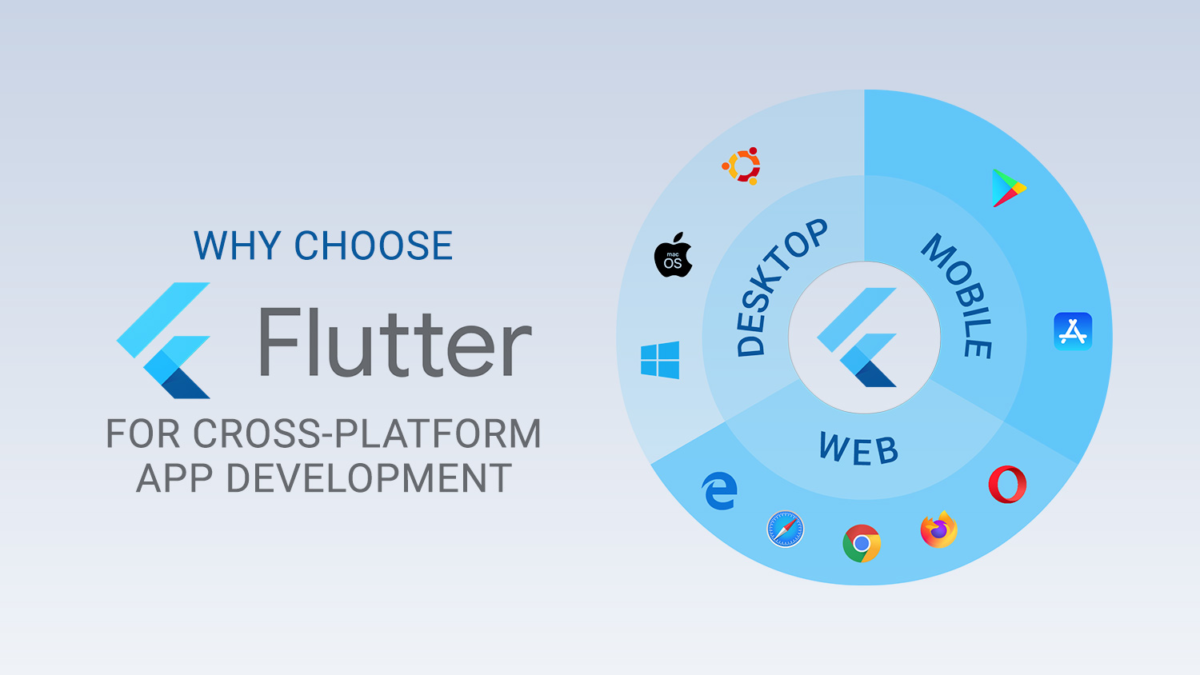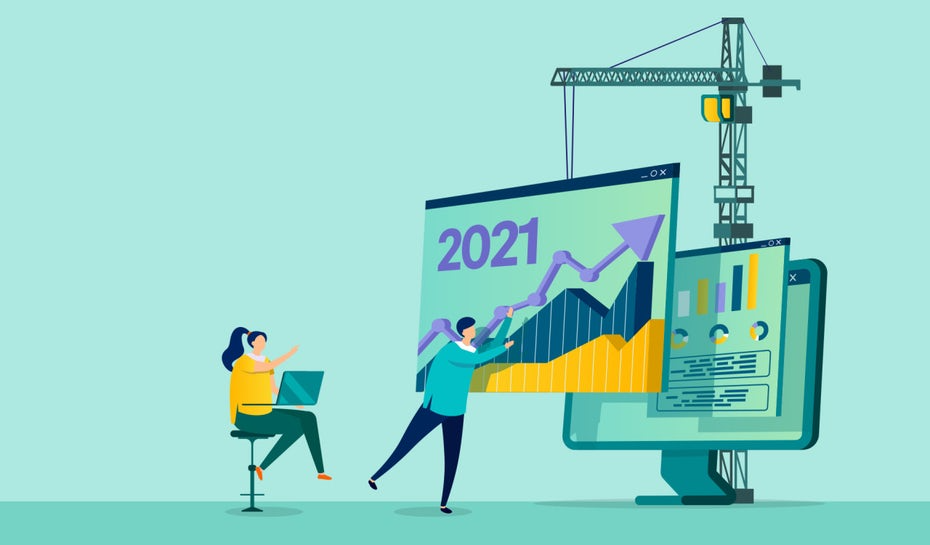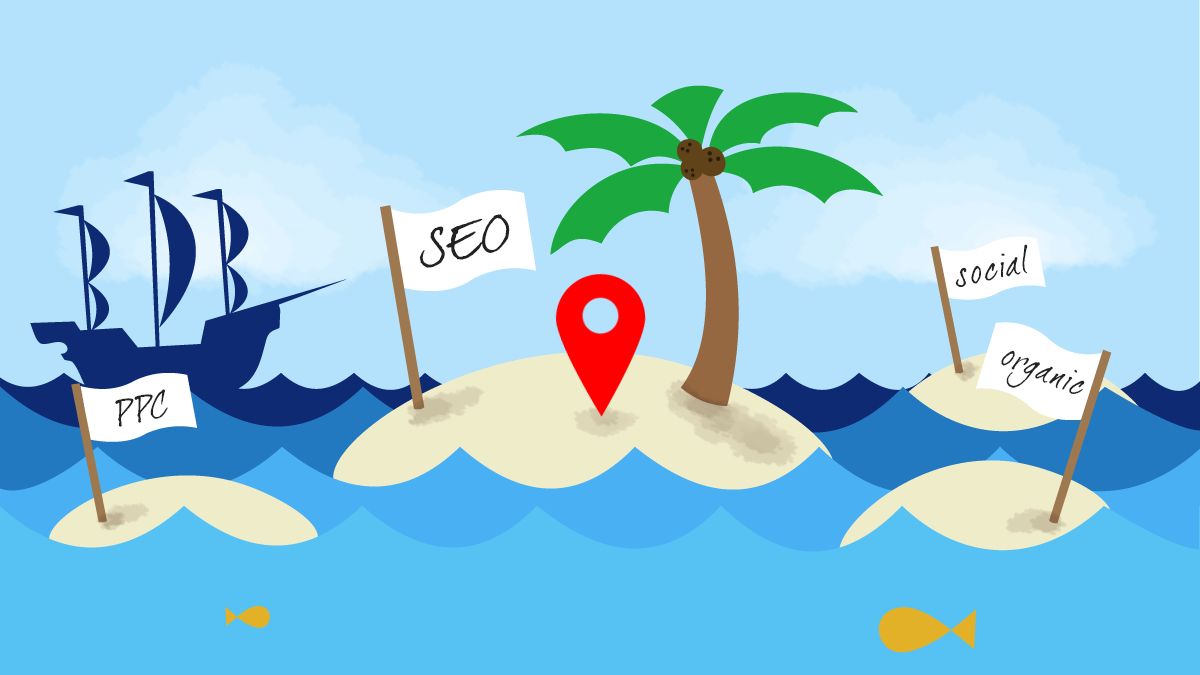The world we know is changing rapidly. Consequently, it has become an obligation for businesses to keep themselves current with the trending factors to stay ahead of their competition. This is particularly true for companies selling a wide variety of products and services over the Internet. In today’s highly visual market, web design is crucial for online businesses. In 2024, the web layout saw a major shift in focus as developers moved from zest to simplicity to boost leads and conversions. Utility and responsiveness have also remained the center of attention.
What Does This Suggest?
This implies good design is absolute, but great design is what online retailers require. Let’s examine some trending factors in web design services that have drastically changed the online user experience.
1: Personalized Experience
The personalized web experience is no longer limited to remembering shopping cart details or email addresses for login purposes. It has surpassed the traditional borders. Ever noticed while scrolling through Facebook ads you see on the sidebar are for sites that are recurrently visited by you? Wondering how those sites have pulled this off? Simple, the sites you visit frequently use cookies to store your information, so later they can proffer you a truly personalized experience while browsing.
2: Visual Treat
Designers are striving more than ever to make websites a visual delight for users because visuals are more appealing to them than pages of text. With shorter attention spans, developers are looking to make websites more alluring. Even newspapers across different parts of the world have now realized the significance of videos. As a result, easily generatable QR codes that were initially integrated in websites can now be seen in newspapers, too. The reason is people want information in an easily digestible form. Hence, clear and direct communication is the way forward for e-businesses.
3: Automating Code
Many are of the view that coding in CSS and HTML is still a cool thing to do. Unfortunately, that’s not the case any longer as the era of HTML and CSS is nearly over. The two programming languages have now been replaced by some excellent software, such as Adobe Reflow and Macaw. The software has given designers wings and empowered them to double-up the code.
4: Modern Metro
You may not have heard this term before, but you have surely seen the pictures that act as titles and bear little text to describe an icon. Microsoft Windows 8 was the first prime example where tiles were created to offer an intuitive and fascinating interface. Apart from Microsoft Windows, Pinterest and Instagram are two sites that have used this kind of design. Both managed to create a lot of excitement among their users with this distinctive design approach.
5: Brand Promotion
Though Macaw and Adobe Reflow have overshadowed HTML, but the cool programming language still offers some amazing features. Automatically playing videos in the backdrop, once a webpage is uploaded, is one such feature that is keeping the language alive even in this era. Brands have found a new way in HTML 5 videos to promote themselves and attract potential buyers.
Conclusion:
In the future, web design will be centered on users. New layouts will be conceived by keeping the user’s needs in view, so they can be satisfied. Businesses will be more than willing to proffer their users’ personalized content to amplify their sales and reduce their costs.
Yet, web designing is a fast-changing domain that is hard to predict because technical advancements and changes in human psychology can turn things around at a point in time. Still, one can foretell minimalistic designs and customized user experiences will rule. Businesses that fail to comprehend the trending factors will continue to struggle.

 ?>
?>
 ?>
?>
 ?>
?>
 ?>
?>
 ?>
?>